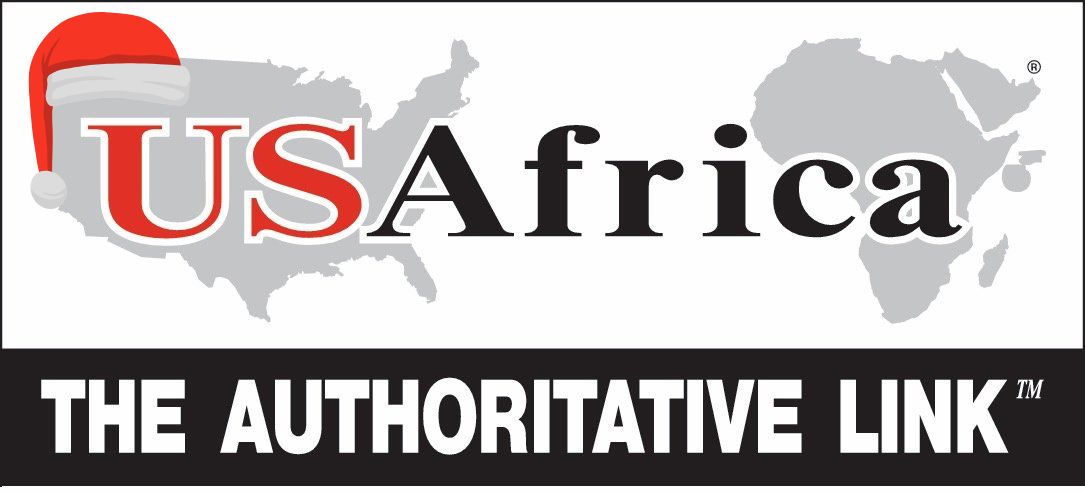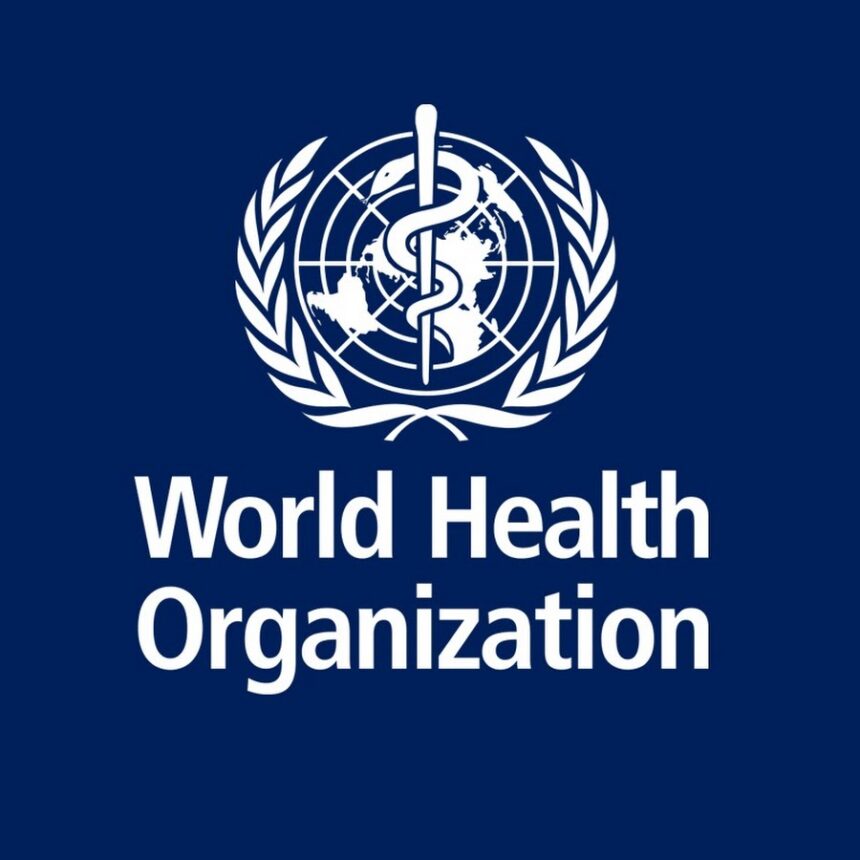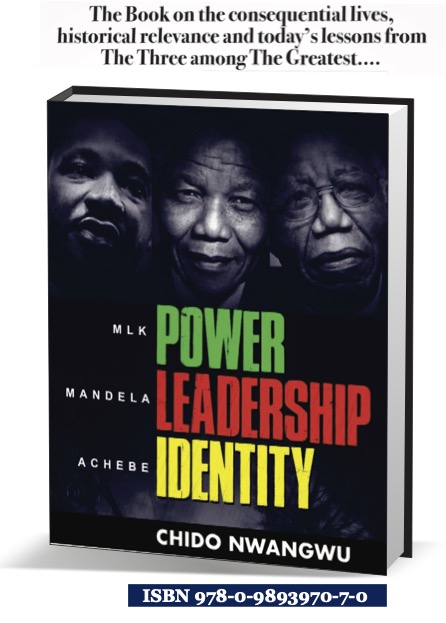The World Health Organization, WHO, has issued an update on the low rate of blood donation on this year’s World Blood Donor Day, urging governments, partners, and all stakeholders to rally support at all levels to invest in bolstering and maintaining blood programs.
According to the WHO, blood donation rates are now low at 5.9 units per 1000 persons on average, compared to 33. 1 donation per 1000 individuals in high-income countries.
In a statement to commemorate this year’s World Blood Donor Day, Dr. Matshidiso Moeti, the regional director of the WHO for Africa, emphasized the need to address ongoing issues to guarantee sustained access to safe and high-quality blood and blood products for patients in need.
She said of concern is the financial barrier to accessing safe blood.
“In the WHO Africa Region, patients pay, on average, US$ 42 out of pocket to access safe blood.”
She said donating blood is an act of solidarity and becoming a blood donor will help ease the pressure on health systems and save lives.
“A blood service that gives patients access to safe blood and blood products in sufficient quantity is a key component of an effective health system providing patient-centered healthcare and focusing on assuring equitable access with the aim of progressing to achieving Universal Health Coverage,” she said.
She stated that World Blood Donor Day is observed annually on June 14 in order to increase public awareness of the safety of blood and blood products like plasma and to emphasize the crucial role that volunteer, unpaid blood donors play in saving lives.
When asked about the theme of this year’s campaign, Moeti noted that it was “Give blood, give plasma, share life, share often.” He said this emphasizes the important part that each and every person can play in ensuring that there is a steady supply of both blood and blood products that are always accessible to patients in need.
Even though Member States in the WHO African Region have made great strides in creating nationally coordinated blood transfusion services, policy frameworks, and national standards for gathering, testing, processing, storing, and distributing blood and blood products, only eight nations have blood services that are created to consistently guarantee the highest levels of quality and safety for patients and donors, according to the expert.
“Reliance on non-renumerated blood donors is still high, with 16 countries accounting for over 80 percent of voluntary non-remunerated blood donation.
“Results from a survey conducted in 2022 revealed that 16 countries out of 39 that took part in the survey, had more than 80 per cent of voluntary non-remunerated blood donation (VNRBD), and 19 countries had less than 50 per cent of voluntary non-remunerated blood donation. Thirty countries reported that plasma-derived medicinal products were listed on their essential medicines list. These statistics show that there is a need for more work to be done in the African Region to improve access to safe blood and blood products.
“We must raise adequate and sustainable funding and increase blood donation rates. We also need to build the capacity of countries to separate donated blood into its components such as red cell concentrates, platelet concentrates, fresh frozen plasma, and cryoprecipitate, and curb inappropriate clinical transfusion practices.”
In order to enhance access to supplies of plasma-derived products through the fractionation of domestic plasma, Moeti stated that the WHO Regional Office for Africa is collaborating with partners to take advantage of knowledge and resources present in the region.
“I would like to emphasize the critical roles of regular voluntary unpaid blood and plasma donations in achieving universal access to safe blood products for all populations.”














